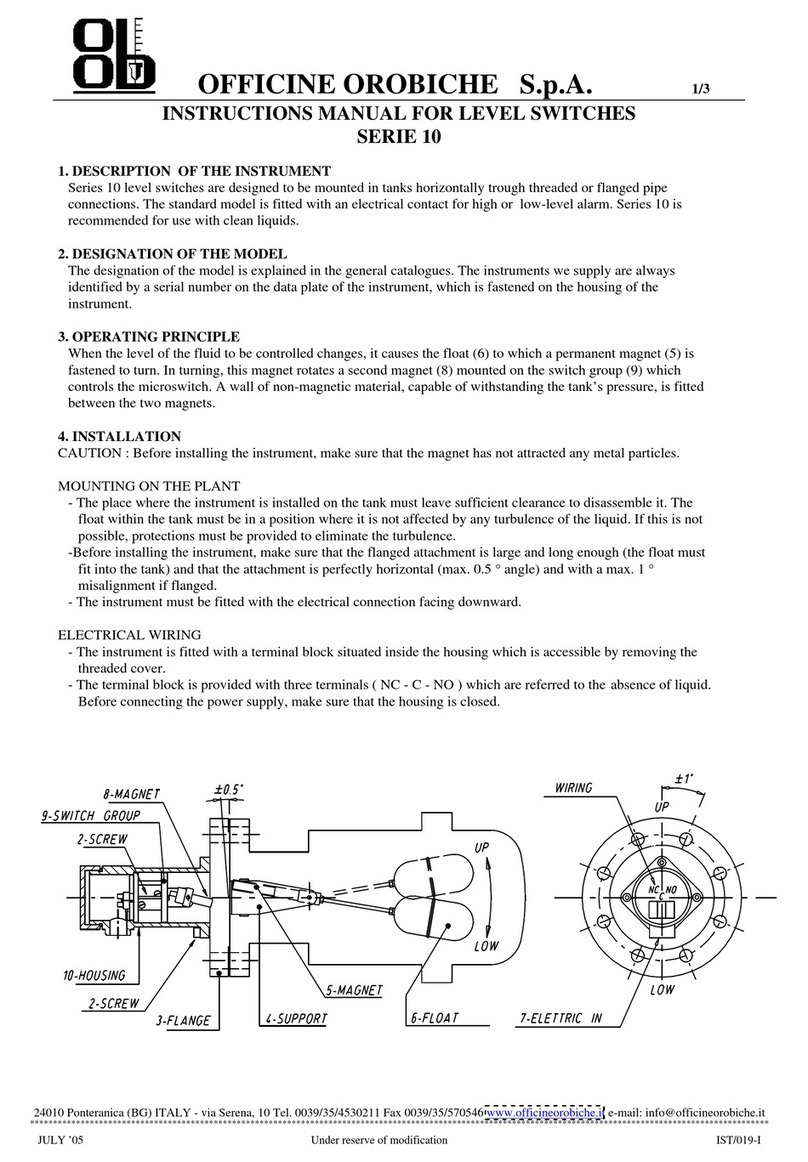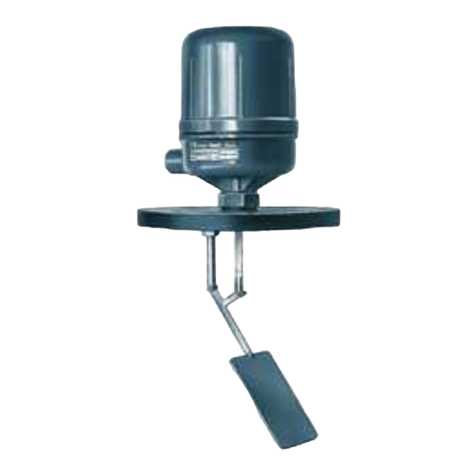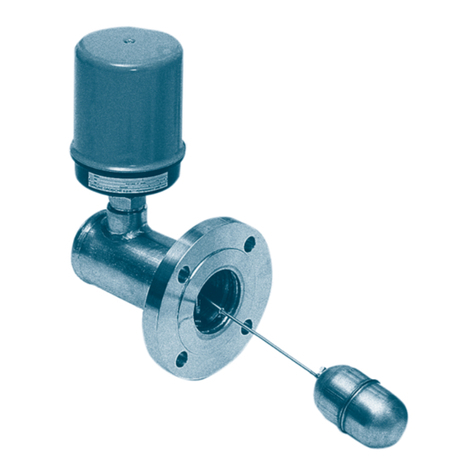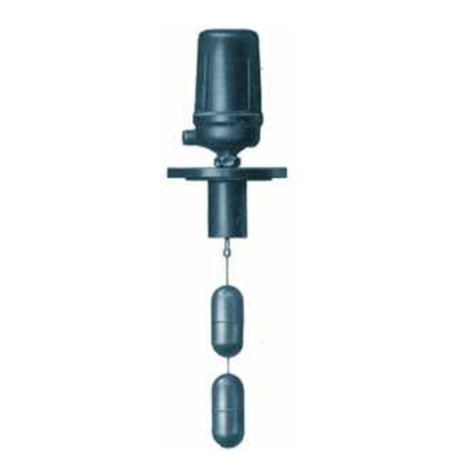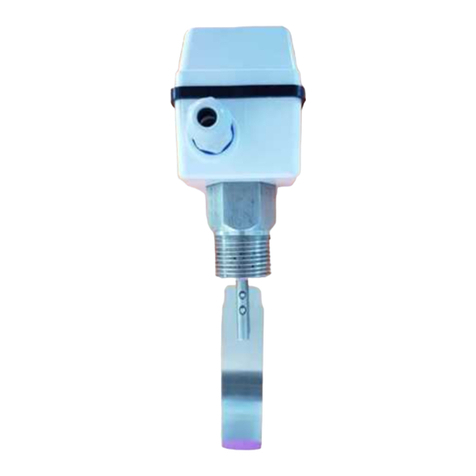
OFFICINE OROBICHE S.p.A.
3/8
24010 Ponteranica (Bergamo) ITALY - via Serena, 10 - Tel. 0039/035/4530211 - Fax 0039/035/570546 - www.officineorobiche.it-e-mail:info@officineorobiche.it
****************************************************************************************************************************************************************
JULY 14 Under reserve of modifications IST//130-I
5. COMMISSIONING
Make sure that the expected working loads do not exceed the acceptable loads (maximum pressure and temperatures,
minimum specific weight) and that the mains voltage matches that indicated on the instrument ratings plate.
Check that the instrument trips correctly by changing the level of the liquid several times.
6. CALIBRATION
The instrument has been calibrated before leaving the factory and so requires no further calibration on installation.
7. MAINTENANCE
We recommend inspecting the level switch on a routine basis (every 6 months or so) to guarantee full efficiency.
All maintenance activities shall be performed when the instrument is off, not under pressure and emptied of its fluid, at
room temperature (in the event of instruments working at high or low temperature) and free from the contact’s feeding
voltage.
7.1 WARNINGS
- NEVER open the cover of the case before the power supply has been cut off;
- NEVER leave the case without its cover for more than the time absolutely necessary for the inspection;
- NEVER use the level switch with pressure or temperature levels in excess of those indicated on the ratings plate;
- NEVER use the level switch with mains voltage in excess of that indicated on the ratings plate;
- NEVER adjust or replace any components without having first read the relevant instructions carefully. If in doubt,
contact our Customer Services;
- NEVER lubrificate instrument components;
-If being used with high temperatures, adopt all the relevant precautions to guarantee that service personnel are protected
during maintenance operations.
7.2 ROUTINE INSPECTIONS OF THE DISPLACER
Make sure that the instrument is bypassed and the liquid drained.
- Switch off.
- Open the instrument by unscrewing the bolts.
- Extract the displacer by lifting the top flange on its body (take care not to bend or damage the rod, the displacer and the
spring).
- Check the body of the displacer for scaling and/or build-up of dirt (clean if necessary).
- Remove the union, again taking care not to damage the rod.
- Check the inside of the sump for scaling (clean if necessary).
- Return the union and tighten with care.
- Check the displacer, rod and spring for scaling (clean if necessary).
- Raise and lower the displacer unit by hand, checking that there are no obstructions.
- Check that the micro-switch trips when the displacer is completely raised.
7.3 REPLACING THE DISPLACER
Extract the displacer unit (see para. 7.2). Support the rod and unscrew the damaged displacer. Mount the new displacer on
the end of the rod (take care not to bend the rod or damage the spring).
Carry out all the checks described in paragraph 7.2.
7.4 ROUTINE INSPECTION OF THE CONTACTS
Cut off the power supply.
Open the cover and visually check that the tripping unit is not damaged or worn. Manually move the magnet and check
that the micro-switch trips properly.












